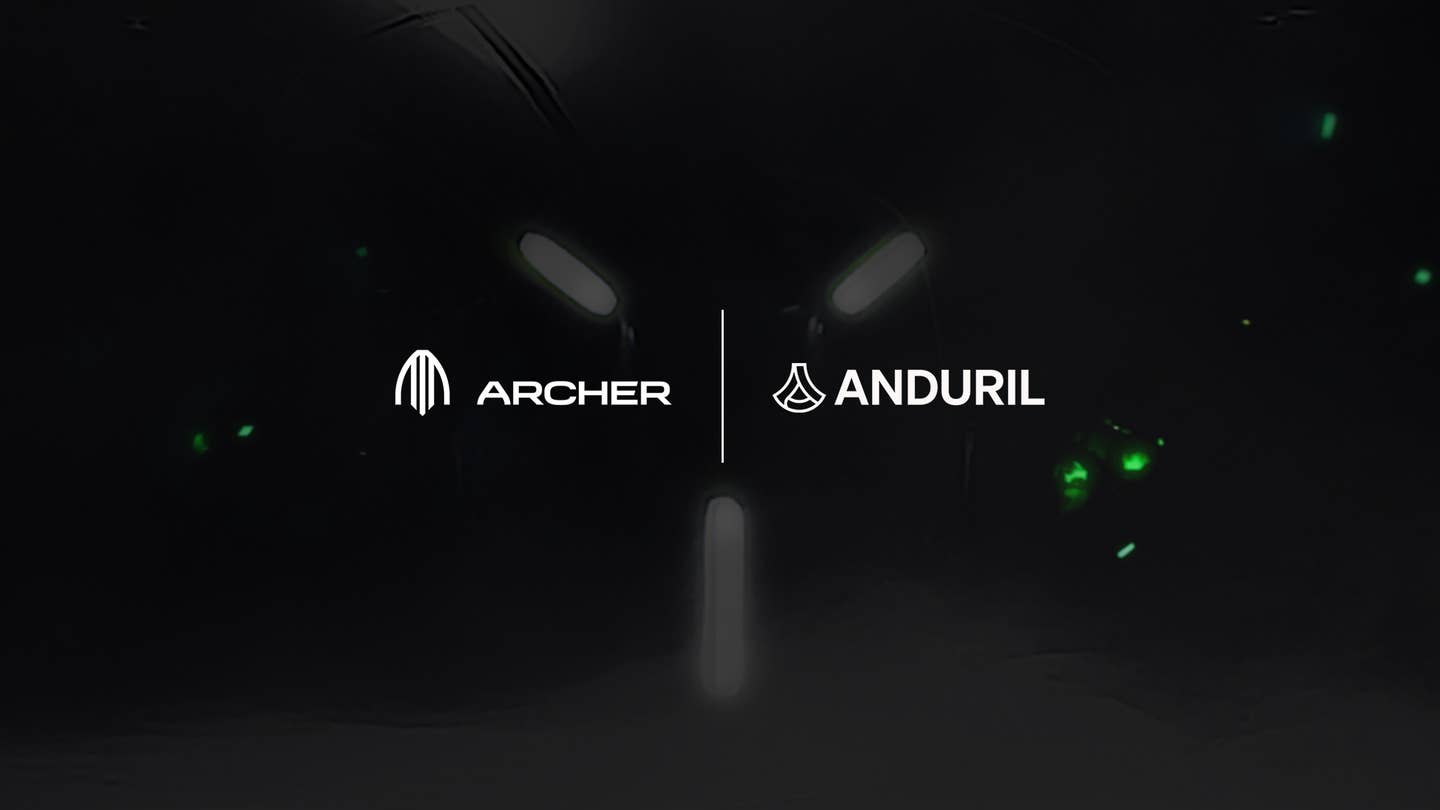Atlantic Aviation Preparing Manhattan Heliport for Electric Air Taxis
eVTOL air taxis from Archer Aviation, Joby Aviation, and more could take flight at New York City’s East 34th Street Heliport in the coming years.

Joby Aviation, which plans to use Atlantic’s East 34th Street Heliport terminal, flies its eVTOL air taxi in New York City during a 2023 demonstration. [Courtesy: Joby Aviation]
FBO network Atlantic Aviation is preparing to install charging stations for electric vertical takeoff and landing (eVTOL) air taxis in the heart of New York City.
The aircraft—which take off vertically like a helicopter but cruise on fixed wings like an airplane—could begin flying passengers in the Big Apple as soon as next year.
Atlantic on Thursday said the chargers will be installed at its terminal at the East 34th Street Heliport (6N5) on the Manhattan waterfront, where the company this week agreed with the city’s Economic Development Corporation (NYCEDC) to extend its operations for the next five years.
The location is a hub for trips in and around New York City and handles flights for New York University’s Langone Health Center. And according to Atlantic, eVTOL manufacturers Joby Aviation and Archer Aviation—which have announced New York City as a launch market in partnership with Delta Air Lines and United Airlines, respectively—plan to use the site in the coming years.
To accommodate both companies’ air taxis, Atlantic will install combined charging system (CCS) and global electric aviation charging system (GEACS) chargers.
The CCS was originally designed as a standard for electric ground vehicles and has been widely endorsed—including by the General Aviation Manufacturers Association (GAMA), as well as Archer and other manufacturers—as the standard for eVTOL aircraft. Joby chose to develop its own system, GEACS, which like the CCS is billed as a universal charger for electric aircraft. The main difference is that CCS systems can also accommodate ground vehicles.
Atlantic said it is working with Joby, Archer, and a third partner, Beta Technologies, to ensure that all certified eVTOL models can land at the heliport as soon as they receive the FAA’s green light to begin flying passengers.
“Maintaining our presence at the East 34th Street Heliport and expanding infrastructure there to support eVTOL operations aligns with our commitment to community-beneficial transportation solutions and will support New York City on its journey to facilitating quiet and sustainable aviation operations,” said John Redcay, chief commercial and sustainability officer at Atlantic.
New York is already home to scheduled and on-demand helicopter services such as Blade Air Mobility. But eVTOL air taxi manufacturers promise a service that is faster and quieter.
Joby and Archer, through its Archer Air subsidiary, each own FAA Part 135 air carrier permissions and are in the thick of the type certification process. The companies intend to offer flights to and from local airports, including Newark Liberty International Airport (KEWR) and John F. Kennedy International Airport (KJFK), with eVTOL air taxis that can carry up to four passengers plus a pilot.
The zero-emission aircraft cruise at around 150 to 200 mph, charging in about 10-15 minutes for minimal downtime between flights. They are also significantly quieter than helicopters—NASA, for example, found that Joby’s air taxi produces about as much noise as a typical conversation at cruising altitude.
Joby earlier this month showcased its air taxi at New York’s Grand Central Terminal and last year performed the first eVTOL demonstration flights in the city, lifting off from the Downtown Manhattan Heliport (KJRB) as Mayor Eric Adams and other officials looked on. Adams after the event announced the city’s plans to electrify the heliport.
Joby and Delta, meanwhile, are working with the New York Port Authority and NYCEDC to build eVTOL infrastructure at JFK and LaGuardia International Airport (KLGA). According to the manufacturer, an air taxi flight from Manhattan to JFK would take about seven minutes compared to an hour-plus drive by car.
Archer, on the other hand, estimates a flight in its Midnight air taxi from the Downtown Manhattan Heliport to United’s terminal at Newark Liberty would take about 10 minutes, compared to more than an hour in rush hour traffic. The company will initially operate airport-to-city-center “trunk” routes before adding “branch” routes that connect wider communities.
“New York City is leading the way in embracing this exciting new technology…that will bring significant quality of life improvements for New Yorkers and new sustainable transportation,” said Andrew Kimball, president and CEO of NYCEDC. “NYCEDC looks forward to working with Atlantic Aviation in our continued partnership as they ready East 34th Street for quieter and greener helicopter alternatives.”
Archer and Joby claim their offerings will be akin to ground-based rideshare services such as Uber or Lyft. Joby, for example, recently unveiled an Uber-like software for pilots and riders, which autonomously assigns users a flight based on their desired origin, destination, and departure time. Through an integration, Joby riders will be able to book rides on the Uber platform and vice versa.
The companies also claim their services will be cost competitive with existing rideshare platforms. Both firms have appointed veterans of Uber Elevate—which ran the short-lived UberCopter service—to their leadership teams, which could help them learn from the failed service’s missteps.
Like this story? We think you'll also like the Future of FLYING newsletter sent every Thursday afternoon. Sign up now.

Sign-up for newsletters & special offers!
Get the latest FLYING stories & special offers delivered directly to your inbox






